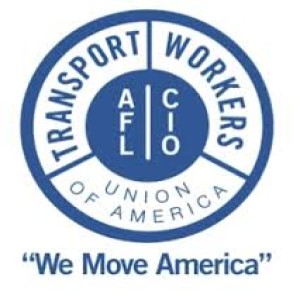

On this day in labor history, the year was 1967.
That was the day the Taylor Law went into effect in New York State.
It was celebrated for granting public employees the right to organize and elect union representation.
But it is also roundly criticized for stripping public sector workers of their right to strike.
It was crafted and enacted in response to the militant, victorious New York City transit strike of January 1966.
The Taylor Law amended key points of the 1947 Condon-Wadlin Act, which first prohibited public sector strikes in the aftermath of a teachers strike in Buffalo.
But strikes persisted and the Act was seen as largely unenforceable.
In the aftermath of the 1966 transit strike, New York Governor Nelson Rockefeller appointed a committee, chaired by labor relations professor George Taylor to make “proposals for protecting the public against the disruption of vital public services by illegal strikes, while at the same time protecting the rights of public employees.”
In addition to granting the right to organize, the Taylor Act also establishes impasse procedures for dispute resolution, defines and prohibits improper practices, prohibits strikes by public employees; and established the Public Employment Relations Board (PERB).
But public sector unions argue the law gives no incentive for employers to settle disputes or negotiate contracts in a timely manner or in good faith.
While public sector unions have struck since its enactment, Transport Workers Union 100 was subjected to harsh fines in both the 1980 and 2005 transit strikes.
During the 2005 walkout, TWU 100 was issued a $1 million a day penalty, its automatic dues collection was suspended and its leader, Roger Toussaint was jailed for 10 days.
The union continues to push for changes to the law.
More Episodes
All Episodes>>You may also like
Create Your Podcast In Minutes
- Full-featured podcast site
- Unlimited storage and bandwidth
- Comprehensive podcast stats
- Distribute to Apple Podcasts, Spotify, and more
- Make money with your podcast











